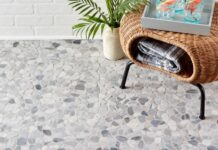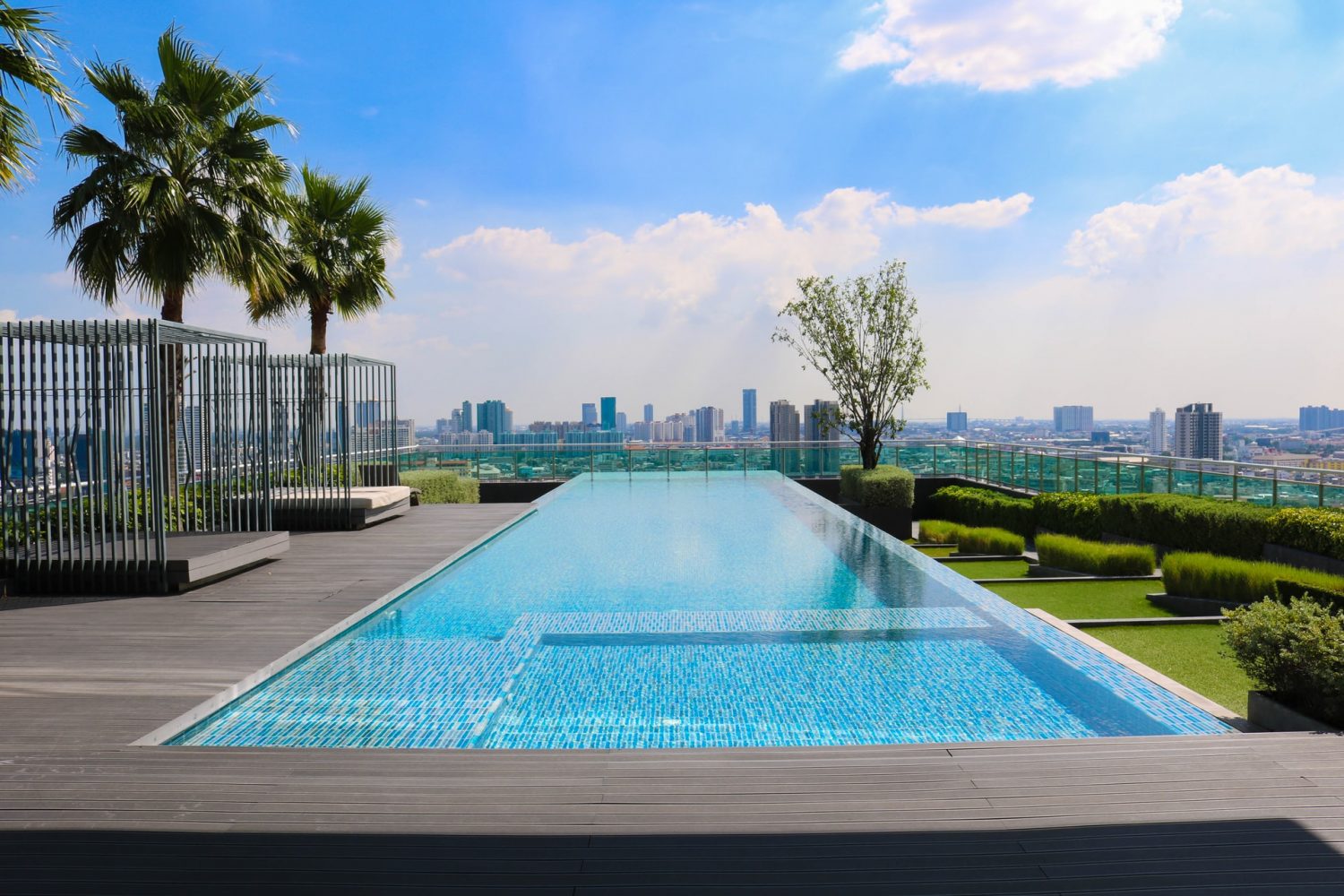
When looking for a suitable material to use in your swimming pool, you may feel confused with the endless list of available varieties. The most commonly used materials are fiberglass and concrete-based. Before deciding which material to use, it is good to look at the advantages and disadvantages of each objectively. Below is an unbiased comparison between fiberglass and concrete pools.
Concrete pools are known for their excellent adaptability to custom features. They enable you to add fantastic designs to your pool, from water features to eye-catching lighting solutions. You can completely customize a concrete swimming pool to your preferences quite easily. With the ever-changing designs and ideas, you can renovate your pool with new advanced technologies. The renovation process does not mean changing everything – you can slightly reshape the pool design, reline the interior, or add another color to the pool to match the house.
Furthermore, due to the robust nature of the material, concrete pools can withstand any adverse weather conditions. This results in few or no repairs required on the swimming pool for a long time. The only cost you may incur from the swimming pool is scheduled maintenance charges. Regarding maintenance, a concrete pool can sit uncovered with not much attention needed. On the other hand, a fiberglass pool needs constant maintenance. Immediately after completion, it must be filled with water; a fiberglass pool must never be empty. As a result, this can lead to stagnation of water over time which also causes shell discoloration. At bluehaven.com.au blog post you can find deep discussion on it.
Factors to consider when choosing between fiberglass and concrete swimming pools
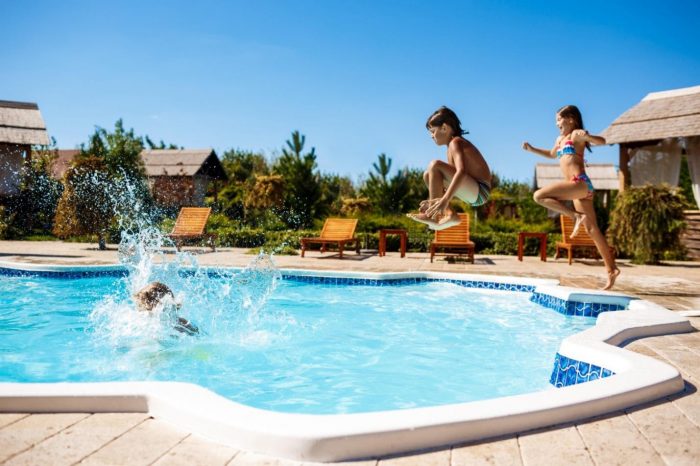
1. Cost
When looking for the right swimming pool, you may want to find one that is relatively cheap but still upholds exemplary quality. The material used in the swimming pool significantly affects the final cost. In this scenario, according to standard retail prices, fiberglass swimming pools cost less than concrete ones. A concrete swimming pool is made with a concrete base; usually, a mixture of sand and cement is sprayed to the steel frame using a high-pressure powered horse, which incurs the cost of purchasing the individual material and installation. The pricing of the concrete pool is dependent on the type of concrete used. While on the other hand, you will only need to factor in excavation costs as the fiberglass is bought ready for installation.
2. Pool size and shape
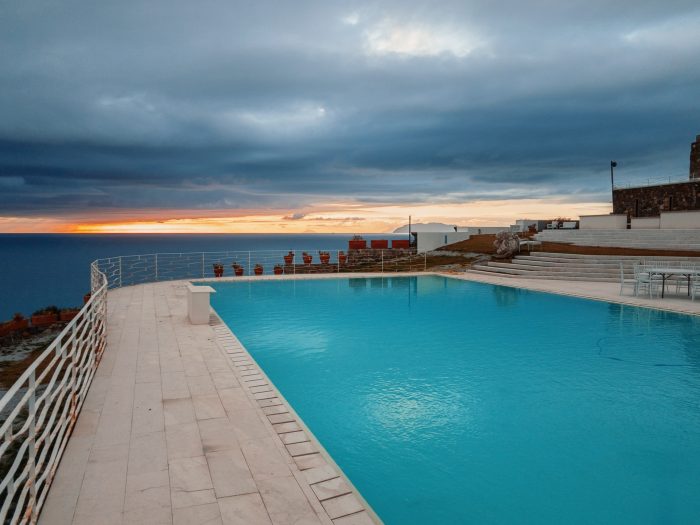
Fiberglass swimming pools have limited size and shape designs due to manufacturing requirements, which means you can’t reshape or resize them. The pool is pre-cast to a mold by the manufacturer, thereby limiting your options on specific sizes and shapes. Concrete pools, however, can be customized to fit your backyard in any shape and size; they can even be fit on a rooftop.
3. Durability
If talking about durability, concrete pools have an advantage. With scheduled repair, maintenance, and cleaning, concrete swimming pools can last for decades. To increase the lifespan of a concrete pool, you should incorporate a good quality surface finishing product to seal the concrete. On the other hand, the approximate longevity of the fiberglass pool is 20 to 25 years, with reapplication of the interior gel finish every ten years. This is due to a lack of a good construction reinforcement foundation. The pool shell is also installed on top of concrete or bare sand, exposing the pool to cracking.
4. Surface
Fiberglass pools have a smooth feel and are also non-porous, making it unlikely for bacteria to build up. However, they are slippery and can cause injury when using the built-in stairs. The concrete pool is rougher, more porous, and requires chemical sealant to prevent moisture absorption.
5. Time required for installation
If you are in a hurry to get a pool as soon as possible and are ready for summer, fiberglass pools offer a solution because they are far faster to install than concrete pools whose installation could take several weeks, given that the concrete needs to dry. On the other hand, for a fiberglass pool, you need to measure the exact dimensions, order at the factory and the pool will be ready for use very quickly.
6. Swimming on cold winter days
Definitely, a fact that benefits concrete pools! So, you would only bathe for 3 months when you can all year round? Concrete pools can be done with a heating system, which means that the water temperature is pleasant even when it is minus outside.
Final thoughts
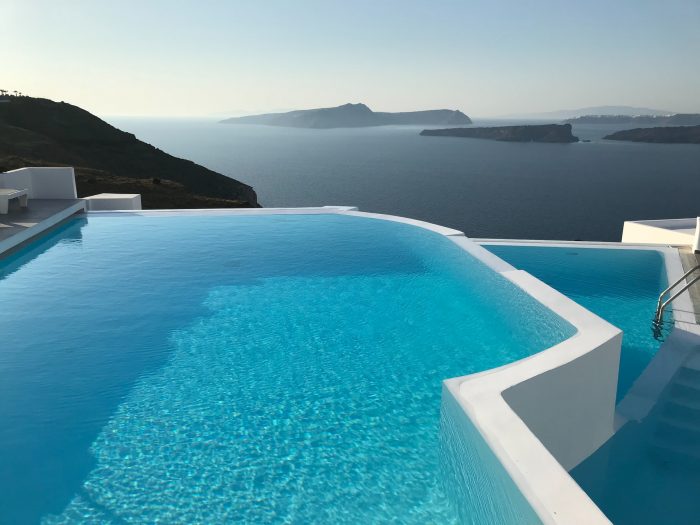
Whatever type of pool you choose, there are a few things you need to pay attention to. The most important is the positioning of the pool in the yard. Think about the size of the pool that will be suitable for your yard so that you have enough space for unobstructed entry and exit from the water. The pool should never be in the shade of trees because the water will heat up more slowly and the leaves will constantly fall into the water. Ask what remedies are recommended to keep the water clean. Regardless of the fact that you have a filter pump that purifies water, you will certainly need the means to maintain the pH value, as well as something against algae, especially if it is a concrete pool.
It is advisable to cover the pools during the winter and to always have water in them, at least in part. It is recommended that concrete pools remain fully filled, while polyester pools are considered sufficient to be partially filled to avoid groundwater damage.
Each pool can be equipped with additional equipment such as ladders, lighting, automatic water refill, slides, springboards, underwater sound, waterfalls, massage devices … If the pool is in the house, it is necessary to have a dehumidifier and air conditioning. The type of humidifier is chosen according to the surface of the pool.
Both pool types offer various benefits, and each option is proven to last in our backyards for years to come.




